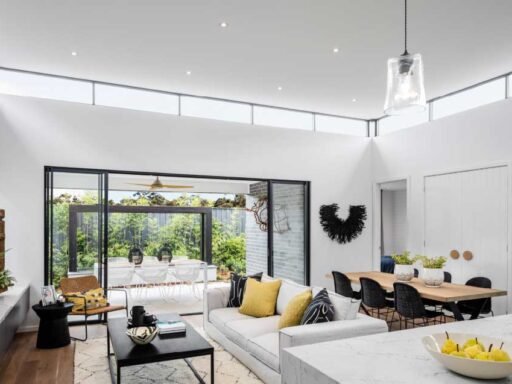Relocating an artist’s studio is more than just moving materials from one place to another—it involves careful planning and consideration to ensure the new space fosters creativity and efficiency. Here are some detailed tips for artists planning to relocate their studio space, aimed at making the transition as smooth and beneficial as possible.
-
Pre-Relocation Planning
Assess Your Needs
Before you move, take stock of what you need in a studio. Consider space for storage, the amount of natural light, ventilation (especially if you work with fumes or dust), and even the view. Ensure your new space meets these requirements before you commit.
Create a Floor Plan
Draft a floor plan of the new space. This will help you visualize where everything will go and identify any additional furniture or storage solutions you might need. Think about workflow—place your tools and materials so they are easily accessible to improve efficiency.
Schedule the Move Thoughtfully
Choose a moving date that minimizes disruption to your work schedule. If you have upcoming exhibitions or deadlines, plan to move after these dates. It’s important to give yourself a buffer period for unpacking and organizing before you dive back into work. Work with a man with a van moving service as a professional will know how to move your belongings easily.
-
Packing with Care
Inventory Your Materials
Make an inventory of your materials and artwork. This will not only help in organizing and packing but will also ensure you don’t lose track of anything during the move. It’s also useful for insurance purposes.
Use the Right Materials for Packing
Invest in quality packing materials. Use bubble wrap, foam, and sturdy boxes for fragile items like canvases and sculptures. Label each box clearly with a list of contents and handling instructions, such as “fragile” or “this side up”.
Protect Your Artworks
For delicate pieces or valuable artworks, consider custom crating. This provides extra protection and is particularly important if your work will be handled by movers.
-
Setting Up the New Studio
Prioritize Natural Light
Set up your primary workspace near a source of natural light if possible. If natural light is limited, invest in good quality artificial lighting that mimics daylight.
Organize for Efficiency
Organize your tools and materials in a way that makes sense for your workflow. Consider using a pegboard or shelving units to keep tools accessible. Use clear storage for small items like brushes and pencils, so you can easily see what’s inside.
Create an Inspiring Environment
Decorate your new studio in a way that inspires you. This might include hanging art (yours or others’), setting up inspiration boards, or bringing in plants. The aesthetics of your workspace can significantly influence your creativity.
-
Logistical Considerations
Update Your Business Information
If you operate your studio as a business, update your address on all business and marketing materials, including business cards, websites, and social media profiles. Notify your clients and any galleries that represent you about the move.
Consider Accessibility
Think about accessibility for clients or collaborators who might visit your studio. Check parking facilities and transport links. If you host workshops or open studio events, consider how accessible your space is to attendees.
-
Adjusting to the New Space
Test Different Layouts
Don’t be afraid to re-arrange your studio after you’ve moved in. Sometimes, the practical use of a space isn’t apparent until you start working in it. Experiment with different layouts to find what works best for you.
Take Time to Settle In
Allow yourself some time to get used to the new environment. It might take a few weeks to start feeling comfortable and productive in your new studio.
Stay Open to New Opportunities
A new studio in a new location can lead to new opportunities. Be open to the local arts scene and try to connect with other local artists and groups.
Moving your studio is a significant endeavor, but with the right planning and attitude, it can lead to a rejuvenating change in your creative life. By taking the time to carefully plan the move and set up your new space thoughtfully, you can ensure that your new studio is a place where creativity continues to flourish.






